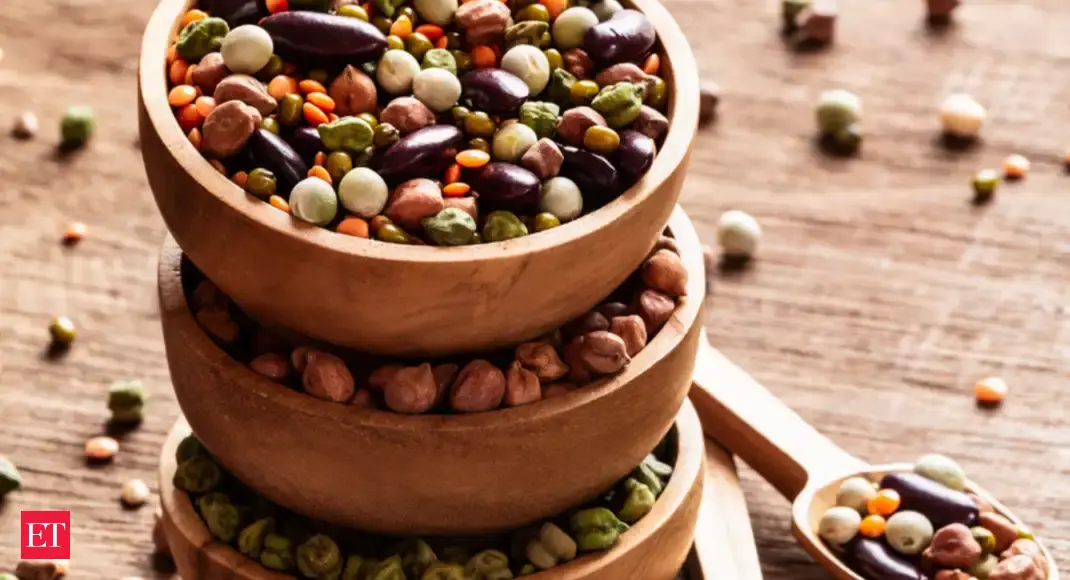

Fiber is a crucial nutrient that supports digestive health, reduces the risk of chronic diseases, and aids in weight management by increasing satiety. Incorporating high-fiber foods into your diet can help you feel fuller for longer, reduce calorie consumption, and promote natural weight loss. Here are seven high-fiber foods to consider adding to your meals:
Lentils: This versatile legume is packed with fiber and plant-based protein. One cup of cooked lentils provides over 15 grams of fiber, helping you stay full and reduce calorie intake. Lentils can be added to soups, salads, or grain dishes, or roasted for a high-fiber snack. They are also a budget-friendly option.
Chia Seeds: These tiny seeds are a fiber powerhouse. Just two tablespoons offer about 10 grams of fiber. Chia seeds can absorb up to 10 times their weight in water, promoting fullness and potentially reducing body fat, especially belly fat. They can be easily added to yogurt parfaits, chia pudding, or baked goods.
Raspberries: This sweet and tart berry packs around 8 grams of fiber per cup. Raspberries are a delicious way to increase fiber intake and can be added to yogurt, oatmeal, or enjoyed on their own. Other berries like strawberries and blueberries are also good sources of fiber.
Brussels Sprouts: These mini cabbages are packed with fiber and antioxidants. Brussels sprouts contain compounds like kaempferol, which can help reduce inflammation. They are also an excellent source of vitamin K, crucial for bone and heart health. Brussels sprouts can be roasted, steamed, or sautéed.
Avocados: This creamy fruit is a good source of healthy fats and fiber. One avocado contains around 10 grams of fiber, which, combined with its fat content, can keep you feeling full longer. Avocados can be added to toast, salads, or smoothies.
Broccoli: This cruciferous vegetable is a nutritional powerhouse, offering a high fiber content and a rich array of vitamins and minerals. Broccoli is also a great source of vitamin C and contains compounds like sulforaphane, which may have anti-cancer properties. It can be steamed, roasted, or added to soups and salads.
Oat Groats: Oat groats are a whole grain that provides both fiber and protein, contributing to lasting fullness. They can be cooked and enjoyed as a hot cereal or used in other dishes. Oatmeal is another good source of fiber.
When increasing fiber intake, it's essential to do so gradually to avoid intestinal gas, diarrhea, cramping, and bloating. Drinking plenty of fluids is also important, as some fibers work best when they absorb water. Current dietary guidelines suggest 14 grams of fiber for every 1,000 calories consumed daily.